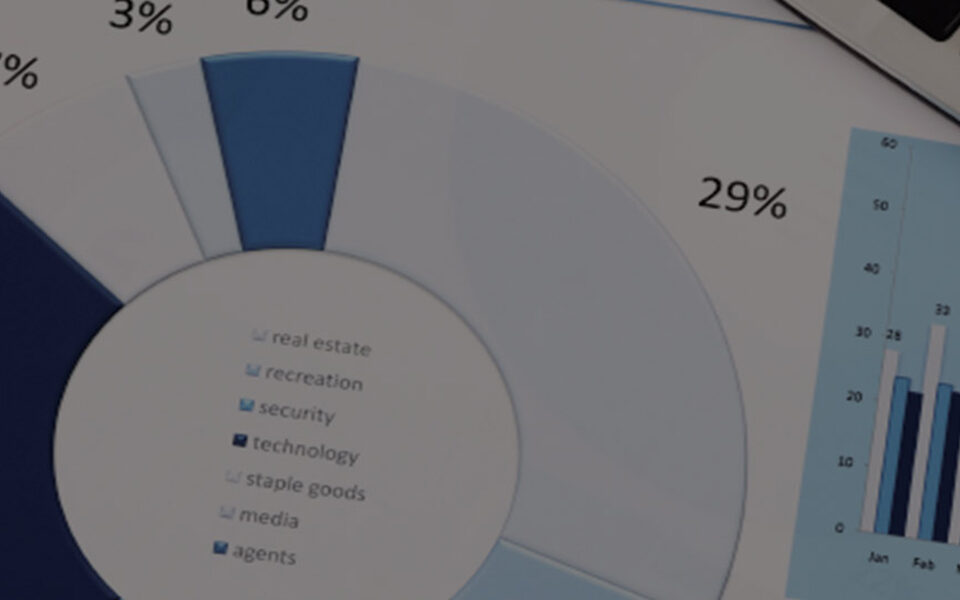Business Year-End Planning
By Sierra Winston
The end of the year is an important time for business owners to evaluate the current and future status of operations and the associated tax implications. Businesses must understand the tax law changes that impact their industry and ultimately, their profitability. For 2014, year-end tax planning is complicated by the uncertainty of the availability of many tax incentives. A number of tax reform proposals have been made in 2014. However, progress on legislation will not likely be finalized until early 2015.
All businesses should consider the impact of the following tax planning tips:
- Cash basis taxpayers may accelerate deductions by prepaying certain expenses. A cash basis taxpayer is allowed a deduction for credit card charges in 2014 that are paid off in 2015.
- Cash basis taxpayers may consider deferring income to 2015 as long as the income is not actually or constructively received in 2014.
- Accrual basis taxpayers may generally deduct cash payments made within 2 ½ months of the tax year-end for compensation, bonus and long-term incentive plans (special consideration applies for payments made to business owners).
- Taxpayers selling business assets for a gain may use the installment sale method to recognize gain as payments are received over time rather than recognizing the entire gain in the year of the sale.
- Owners of flow through entities (S Corporations, Limited Liability Companies and Partnerships) must determine if there is sufficient tax basis to be able to deduct losses at the individual level. Now is the time to calculate and act if additional basis creating steps are necessary in order to take advantage of 2014 projected tax losses.
- Taxpayers may elect to deduct up to $5,000 of business start-up and $5,000 of organizational costs. This deduction must be reduced by the amount by which the total amount of start-up expenditures or organizational costs exceeds $50,000.
- Taxpayers should review expiring tax attribute carryovers such as tax credits, charitable contributions or net operating losses and plans to maximize current utilization. It may be prudent to forego accelerating expenses or deferring income into 2015, so as to take advantage of these carryovers for 2014.
- Qualifying small business corporations may be exempt from alternative minimum tax (AMT).
- Small business owners may be eligible for a tax credit of up to 50 percent of the cost of providing health insurance to employees. The credit is fully available to employers with 10 or fewer full time employees with average wages of $25,000 or less. The credit begins to phase out for employers with 11 or more full time employees or average wages greater than $25,000 and is completely phased out for employers with 25 or more full time employees or average wages greater than $50,000.
- A tax credit is available for employers who provide child care services to employees. The credit amount equals 25% of the qualified child care expenses plus 10% of the qualified child care resources and referral expenditures. The total credit per year cannot exceed $150,000.
- The Domestic Production Activity Deduction is available to domestic manufacturing, construction, engineering and other production activity-related companies. For 2014, the deduction remains at 9% of the lesser of qualified production activities income or taxable income prior to taking the deduction into account.
The following are some current and prospective changes to current tax laws for 2014:
- In 2014, the maximum allowed Section 179 deduction on qualifying assets reverts to $25,000 (down from $500,000 in 2013), with a phase-out once total qualified assets purchased during the year exceed $200,000 (down from $2,000,000 in 2013).
- Bonus depreciation on qualifying fixed assets expired at the end of 2013, with only long-production-period property and certain aircraft property available for 2014 bonus depreciation. In 2013, there was no income limitation on this deduction and no limit on the total deduction allowed.
- The IRS recently issued final regulations regarding the tax treatment of payments to acquire, produce, or improve tangible property. Starting January 1, 2014, businesses must adhere to these new regulations. Taxpayers are encouraged to review their capitalization policies, as well as consider a cost segregation study, to benefit from and comply with the new regulations.
- Non-corporate taxpayers are entitled to an exclusion of a minimum of 50% of any gain on the sale or exchange of qualified small business stock (QSBS) held for more than 5 years and issued after August 10, 1993. In recent years, Congress had increased the exclusion to 100% for QSBS acquired after September 28, 2010 and before January 1, 2014. It is unclear if there will be an additional increase in the exclusion or if it will remain at 50% for purchases after January 1, 2014.
- The Work Opportunity Tax Credit was available through 2013 to employers who hired employees in specific categories such as veterans or food stamp recipients. Currently there is no indication as to whether Congress will extend the credit into 2014.
- The Research and Experimentation credit is a dollar-for-dollar reduction in the tax liability of any company that develops, designs or improves products, processes, formulas, techniques, inventions or software. This credit expired at the end of 2013. Currently there is no indication as to whether Congress will extend the credit into 2014.
The above is a broad overview of just a few of the planning ideas and tax saving vehicles businesses can utilize prior to year-end. There are numerous other planning opportunities explained in greater detail throughout this guide. These suggestions are general in nature, and facts specific to any situation should be addressed with your tax advisor prior to implementation.



















